Kinhtedothi - From January 1, 2025, Hanoi will reduce 53 commune-level administrative units (CAUs) and form 56 new commune-level CAUs.
Talking to reporters of the Economic & Urban Newspaper about the process of arranging communal-level administrative units in the 2023-2025 period, Director of the Hanoi Department of Home Affairs Tran Dinh Canh said that so far the city has not received any petitions or complaints; officials, civil servants and people agree and trust.
Solving the regime well for redundant civil servants
Could you please tell us, how has the implementation of the policy of arranging administrative units at district and commune levels affected Hanoi, with its characteristics as the capital, and how has it been organized to still meet development requirements?

- Implementing Resolution 35/2023/UBTVQH15 dated July 12, 2023 of the National Assembly Standing Committee on the arrangement of administrative units at district and commune levels for the period 2023-2030, the City closely follows the policies and resolutions of the Central Committee; specific criteria and standards in Resolution 35 and contents that are not required to be arranged.
There are two major issues that have a major impact on the arrangement of the city's administrative units: the traditional cultural and historical factors and the newly approved Hanoi Capital Planning for the period 2021 - 2030, with a vision to 2050; and the adjustment of the Hanoi Capital Master Planning to 2045, with a vision to 2065.
According to this plan, Hanoi will build a number of cities under the capital, 10 urban railway lines, a number of highways, and belt roads (such as Ring Road 4).
The projects will divide administrative boundaries, affecting villages and communes of related districts. Therefore, after investing in infrastructure and planning, the city will have to arrange administrative units at district and commune levels in the next phase (specifically 2026 - 2030) with a larger number. Therefore, although some localities have met the standards and criteria on area and population, the city still advocates completing this infrastructure before implementing the arrangement.
Implementing Resolution 1286/NQ-UBTVQH15 dated November 14, 2024 of the National Assembly Standing Committee on the arrangement of commune-level administrative units in Hanoi for the period 2023 - 2025, the issue that always receives the most public attention is the surplus of civil servants. How will the City solve it, sir?
- According to the plan proposed in the Resolution, the arrangement of commune-level administrative units in Hanoi will affect 109 communes, wards and towns; reduce 53 commune-level administrative units, form 56 new commune-level administrative units; affect 2,653 civil servants, public employees and part-time workers at the commune level of 20 districts, towns and cities.
After the arrangement, there were 93 surplus offices, 831 people, and related issues that needed to be resolved (personal documents, assets, seal transfer, etc.). The City quickly deployed the Resolution to all key officials, in which the Department of Home Affairs advised the City to have a plan to guide and resolve policies for the surplus staff: for staff who are qualified to be accepted and recruited to become state officials from the district level, they will be assigned to departments, boards, Party committees, Fatherland Front, and mass organizations of the district; assign commune leadership positions to places where communes lack staff; resolve policies for staff who want to retire early or quit their jobs according to personal wishes.
The remaining number will be merged into the original status of the localities, and resolved according to Resolution 35 in the 5-year roadmap. Specifically, of the 831 redundant civil servants, the city will resolve the majority in 2025 and early 2026; from 2026 to 2029, only the remaining 66 people will have to be resolved according to the roadmap.
Sir, another very important issue in the arrangement of public administrative units is the settlement of state assets. How will the city direct this arrangement to avoid loss of public assets and to exploit them effectively?
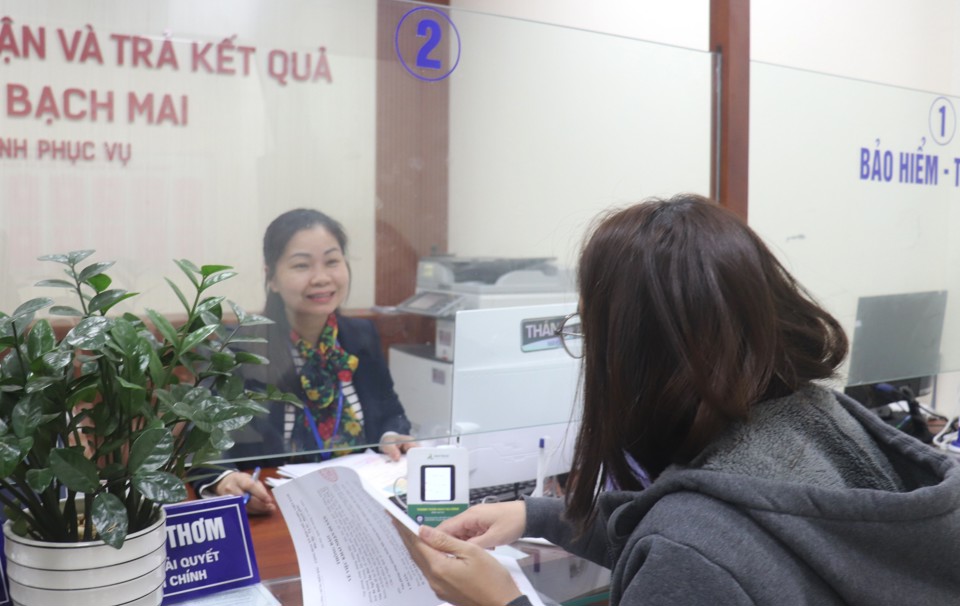
- Implementing the direction of the City, relevant departments and branches (City Police, Department of Justice, Department of Home Affairs, Department of Finance) have provided specific instructions on converting personal documents, changing seals, plans for arranging headquarters, assets, and facilities of communes and wards; providing specific instructions on the process of establishing Party Committees, socio-political organizations, People's Councils, and People's Committees of new commune-level administrative units.
In the immediate future, schools, medical stations, and cultural institutions in villages and residential groups (TDP) will be kept intact. After completing the new commune planning project, surplus cultural facilities and institutions will be exploited to serve the community, without changing the purpose of use for community activity points, village cultural houses, TDPs, etc.
Most convenient for people
Along with resolving the problem of surplus assets and civil servants, could you please tell us how the new commune and ward Party committees and authorities are organized?
- These days, 20 districts and towns simultaneously organized the introduction of 56 Party Committees and socio-political organizations (before December 31, 2024) and appointed 1 person to convene the People's Council meetings of new communes to be held right after the New Year (January 1, 2025), electing the Chairman, Vice Chairman of the People's Council and People's Committee, and positions of members of the People's Committee at the commune level.
For wards without People's Councils, the Chairman of the District People's Committee will appoint these positions. The new commune-level administrative apparatus will operate from January 2025, in which the Party organization will perform the leadership function from January 1, 2025; civil servants will still operate normally.
These contents have been prepared in advance, the City Party Committee and the District Party Committee have closely directed, so the arrangement, placement, and operation of party organizations, unions, and commune governments do not affect the general activities of the commune as well as serving the people.
The arrangement of administrative units inevitably affects personal documents due to changes in administrative boundaries. To ensure the rights and not disrupt the lives of the people, how will the City support the conversion of documents?
- Implementing the direction of the City, departments and branches have provided specific instructions on converting personal documents, according to the plan to handle administrative procedures without collecting fees. The City Police requires the district, commune and ward police, in addition to handling at the "one-stop" department of the district-level police, to organize mobile teams to villages and residential groups and work overtime to support the conversion of citizen identification cards, driver's licenses and related documents..., so that all people are given the most convenience.
In case of work requirements that have not been converted, the documents remain intact and are not affected. The police also coordinate with the post office and the bank, especially in VNeID, which still accepts payment for related financial procedures.
Notably, the City is concerned about the elderly receiving social benefits who are receiving monthly benefits from the district's policy of having a new citizen identification card/VNeID, in which the City Police coordinate with the State Bank and commercial banks to resolve this issue well, without any delay. The City has a large number of meritorious people and monthly benefits paid via bank cards, and this 2025 Tet benefit is still implemented synchronously and is not affected.
How do you evaluate the process of arranging communal-level administrative units in Hanoi so far, which has been received by civil servants and the people?
- The launching ceremony of the new commune-level administrative units is being held solemnly, in accordance with the regulations, charters of the Party and of the associations, and in accordance with the law on the establishment of the new government, creating an exciting atmosphere, especially among key cadres. In particular, the city and districts pay much attention to the position of chief. 2-3 merged administrative units will have 2-3 surplus chiefs, but thanks to the leadership, direction, and scientific and strict arrangement, ensuring appropriate qualifications and capacity, basically meeting the aspirations of the cadres, a high level of consensus has been created among the cadres.
The process of arranging communal-level administrative units has specific, drastic, in-depth, and systematic instructions from the city to districts and communes and wards; completely consistent with the orientation of building and streamlining the organizational apparatus to be efficient, effective, and effective, and has received the support, consensus, and trust of a large number of civil servants, party members, and people. Up to now, the City Party Committee, People's Council, People's Committee, and related departments have not received any complaints or recommendations. All of these will be conditions to create more opportunities and a new investment environment for the city in the development trend.
Thank you very much!
Source: https://kinhtedothi.vn/ha-noi-sap-xep-don-vi-hanh-chinh-cap-xa-can-bo-nguoi-dan-dong-thuan.html






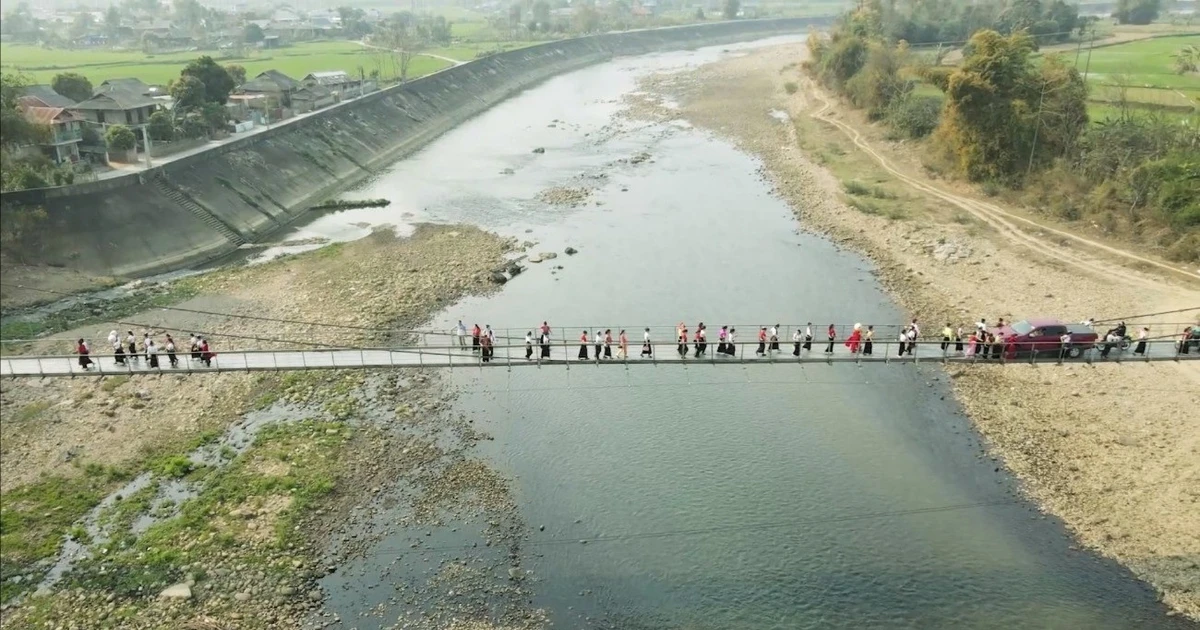


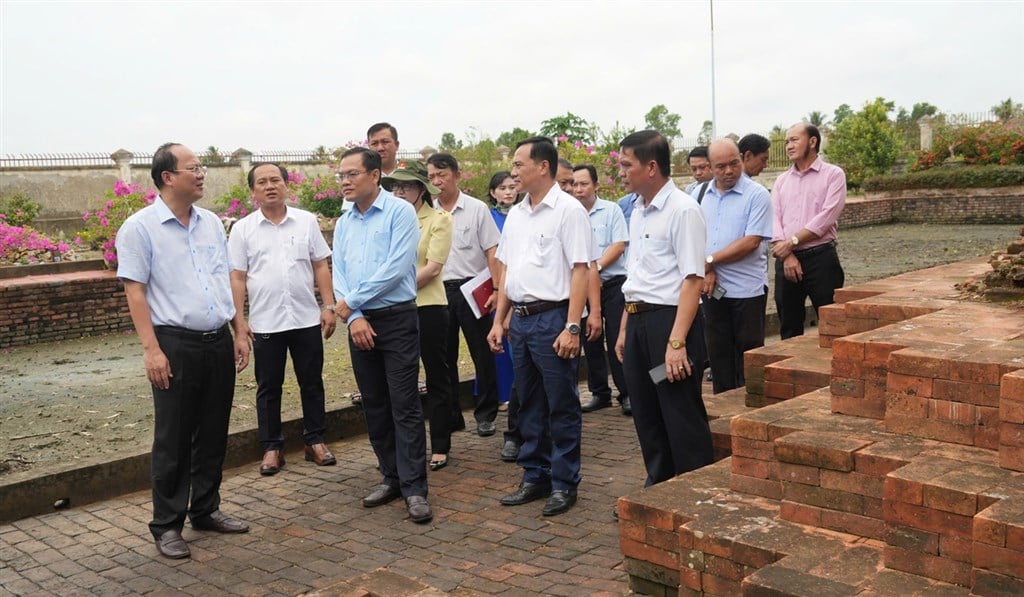

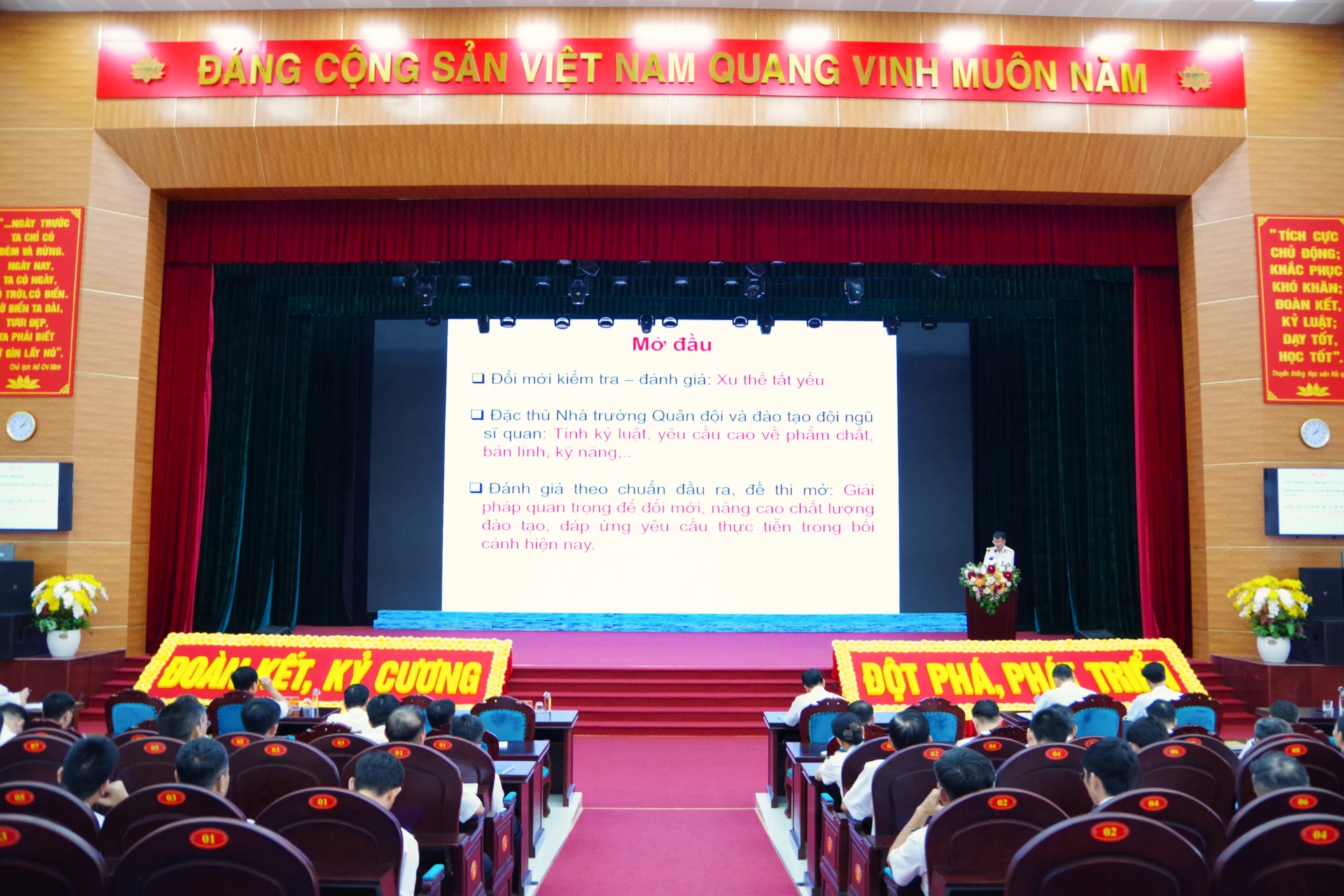


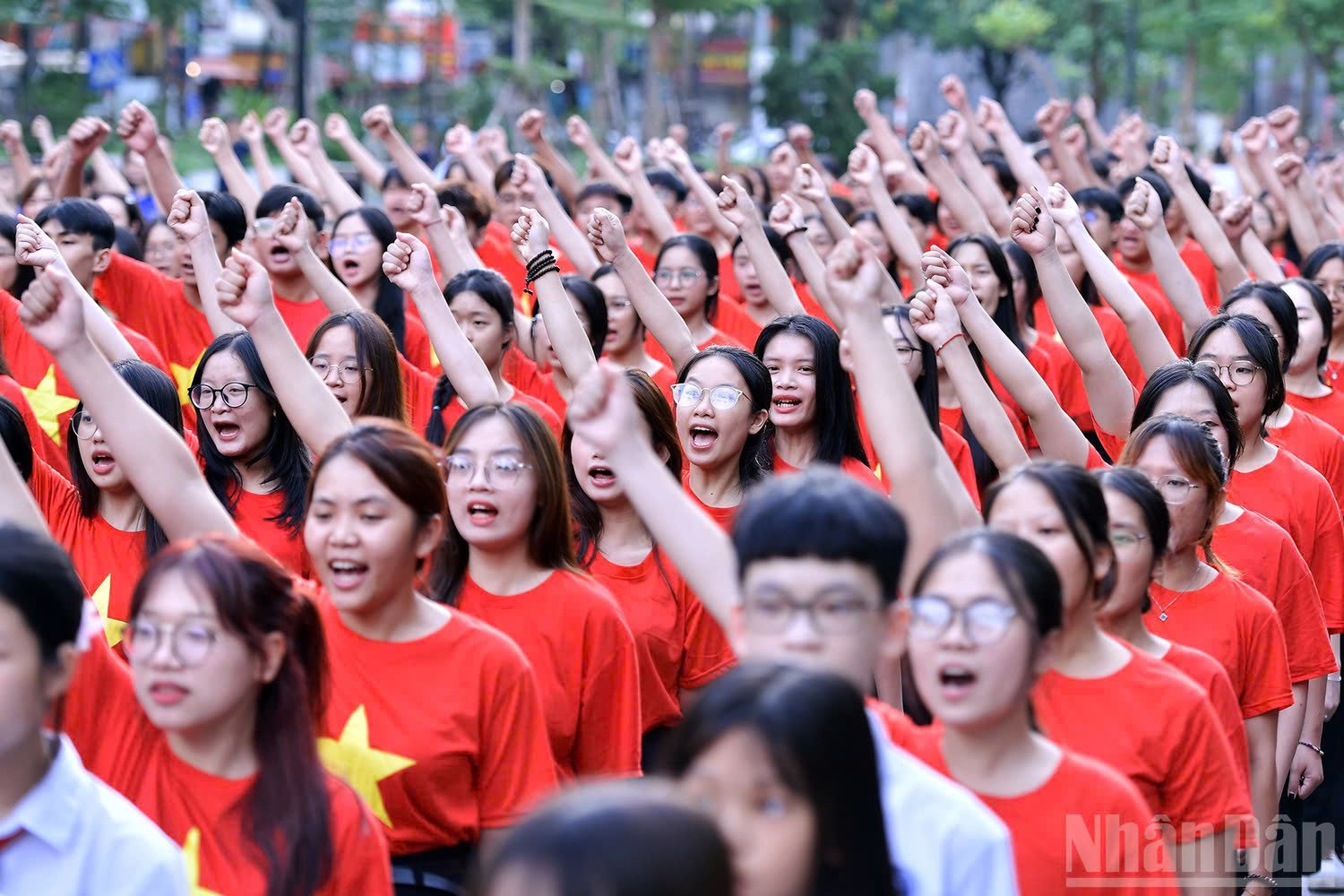


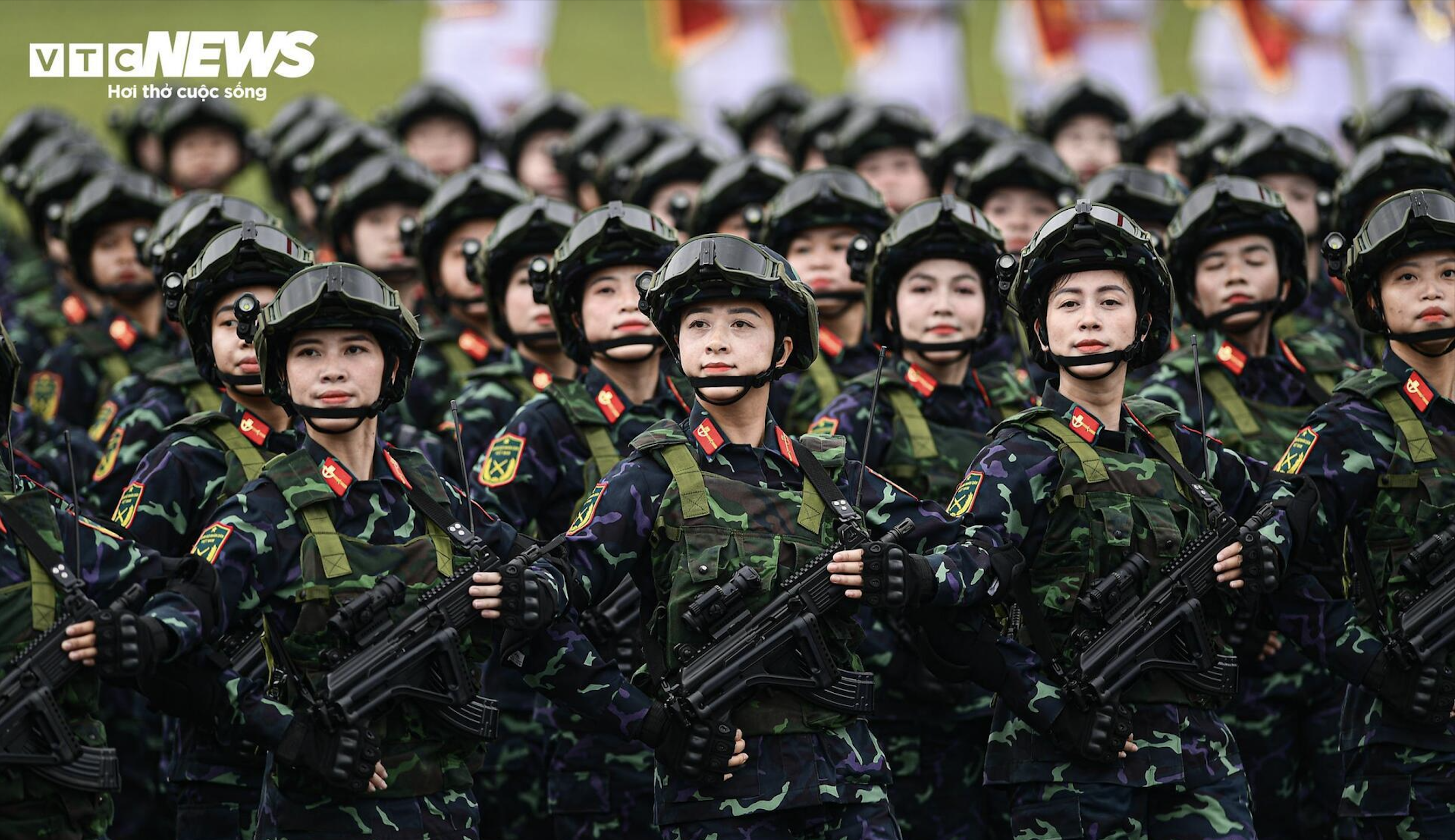



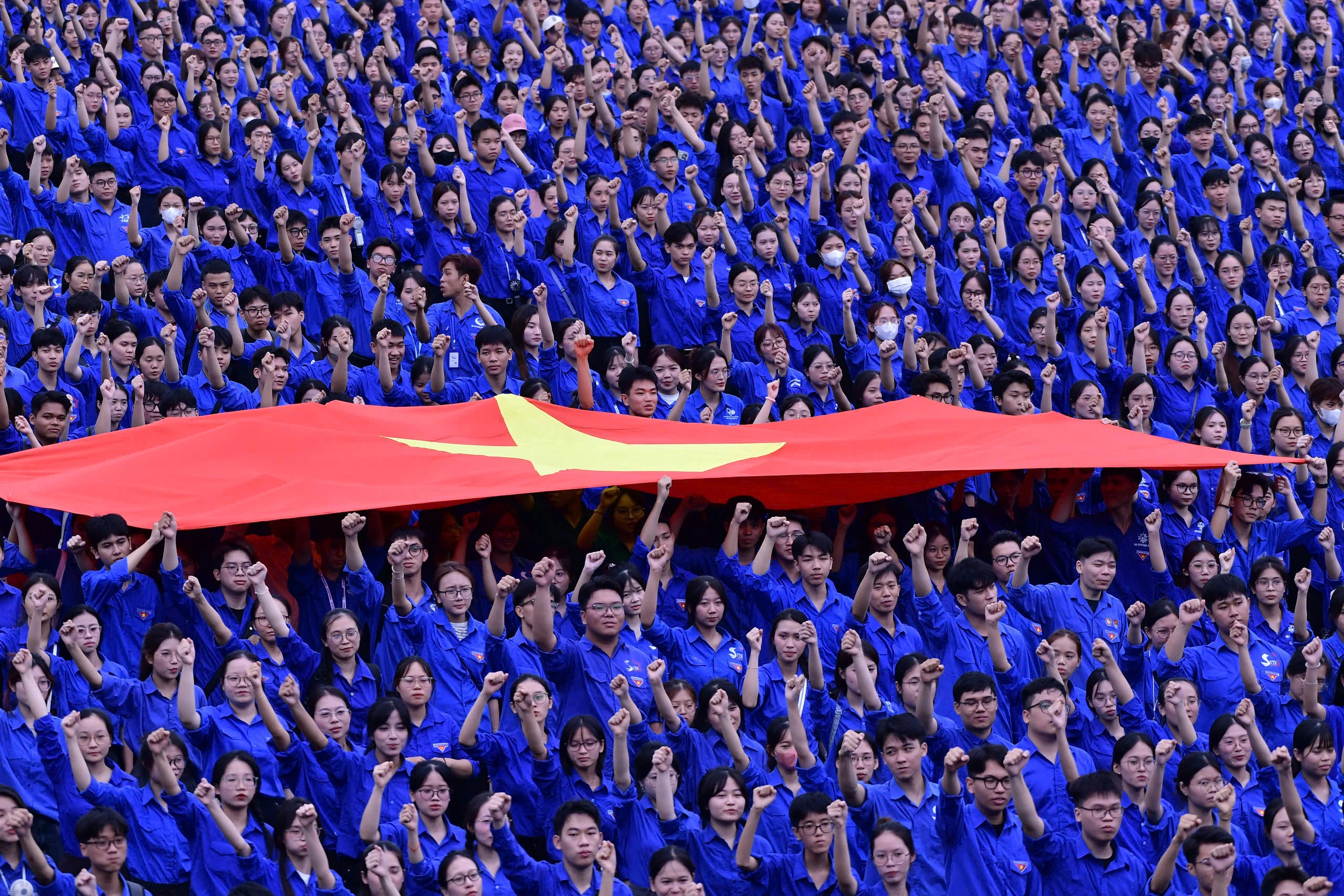

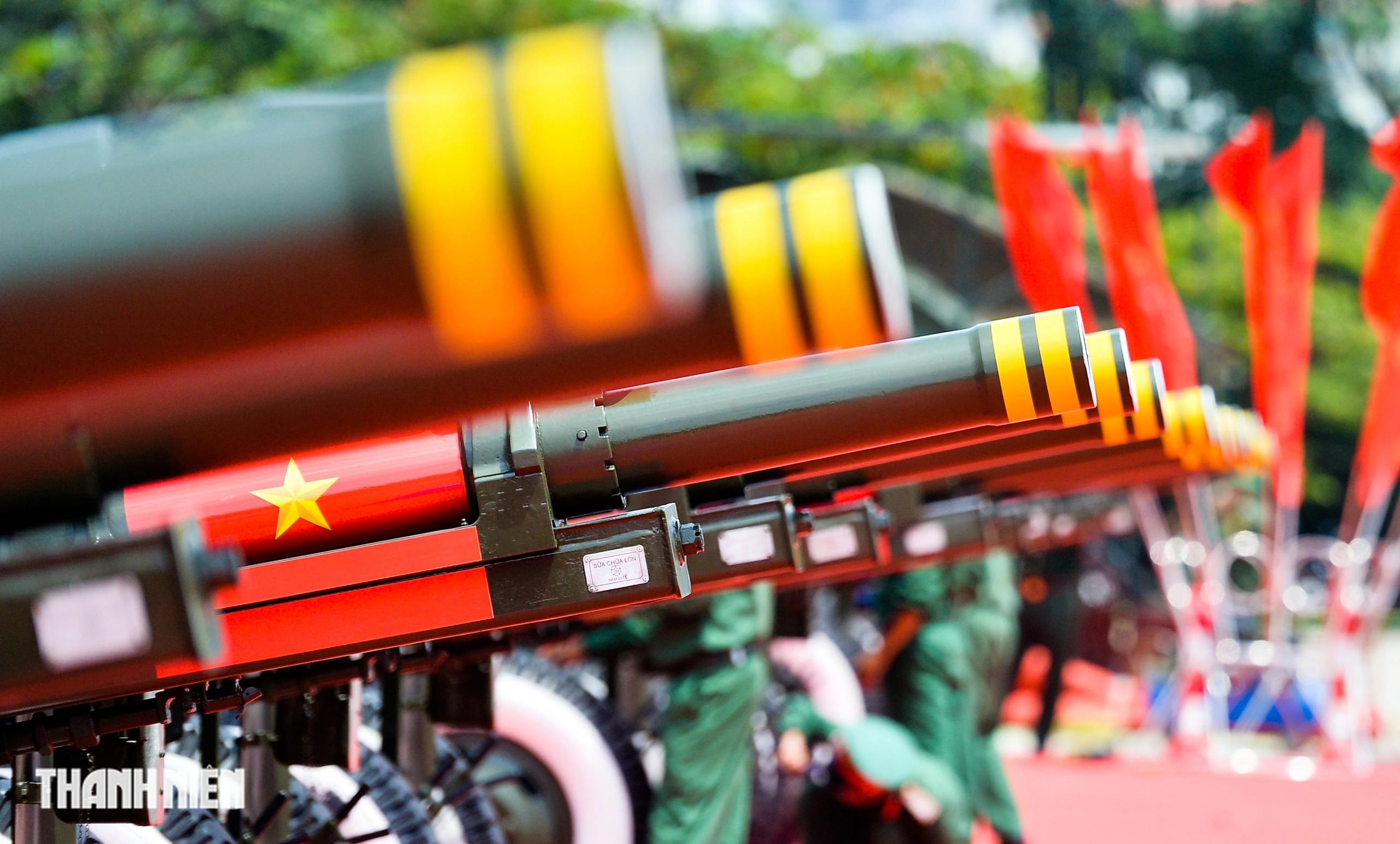
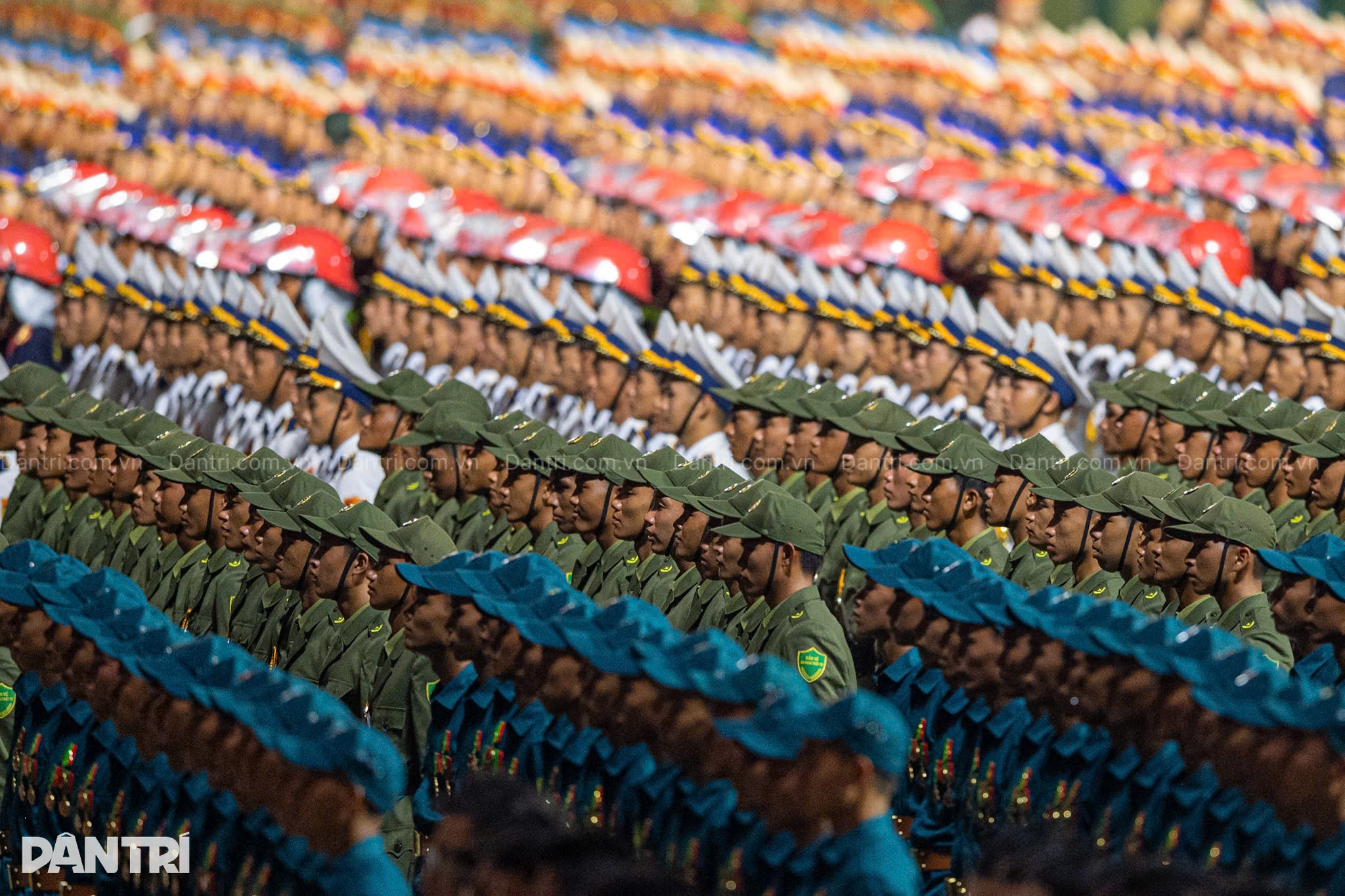
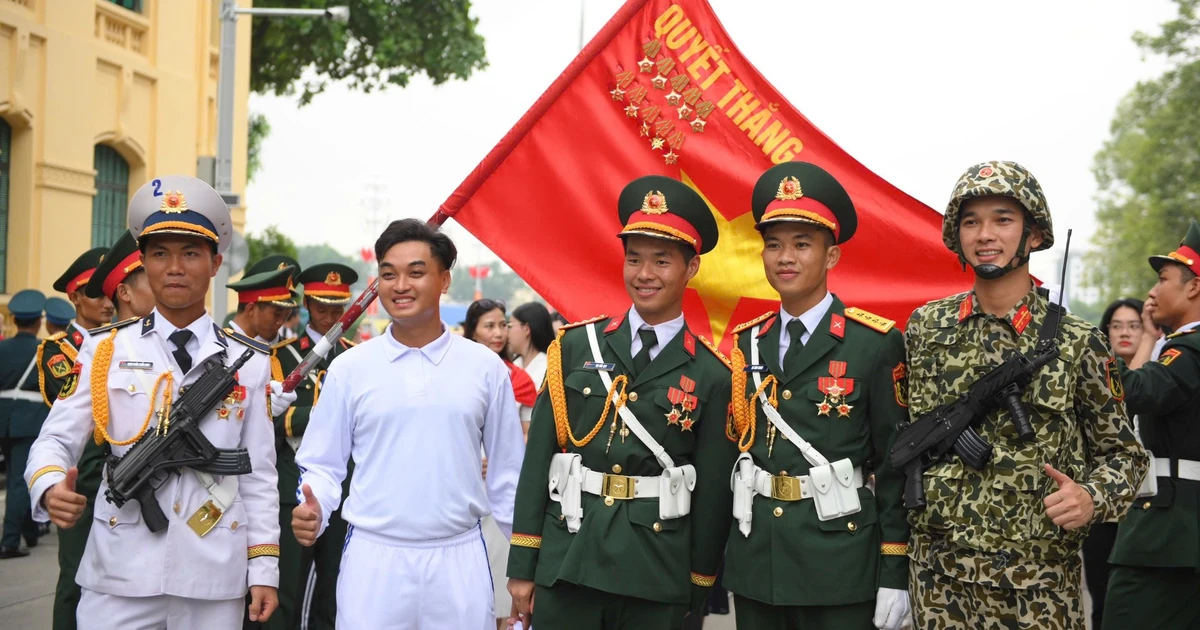
![[Photo] An Phu intersection project connecting Ho Chi Minh City-Long Thanh-Dau Giay expressway behind schedule](https://vstatic.vietnam.vn/vietnam/resource/IMAGE/2025/8/21/1ad80e9dd8944150bb72e6c49ecc7e08)

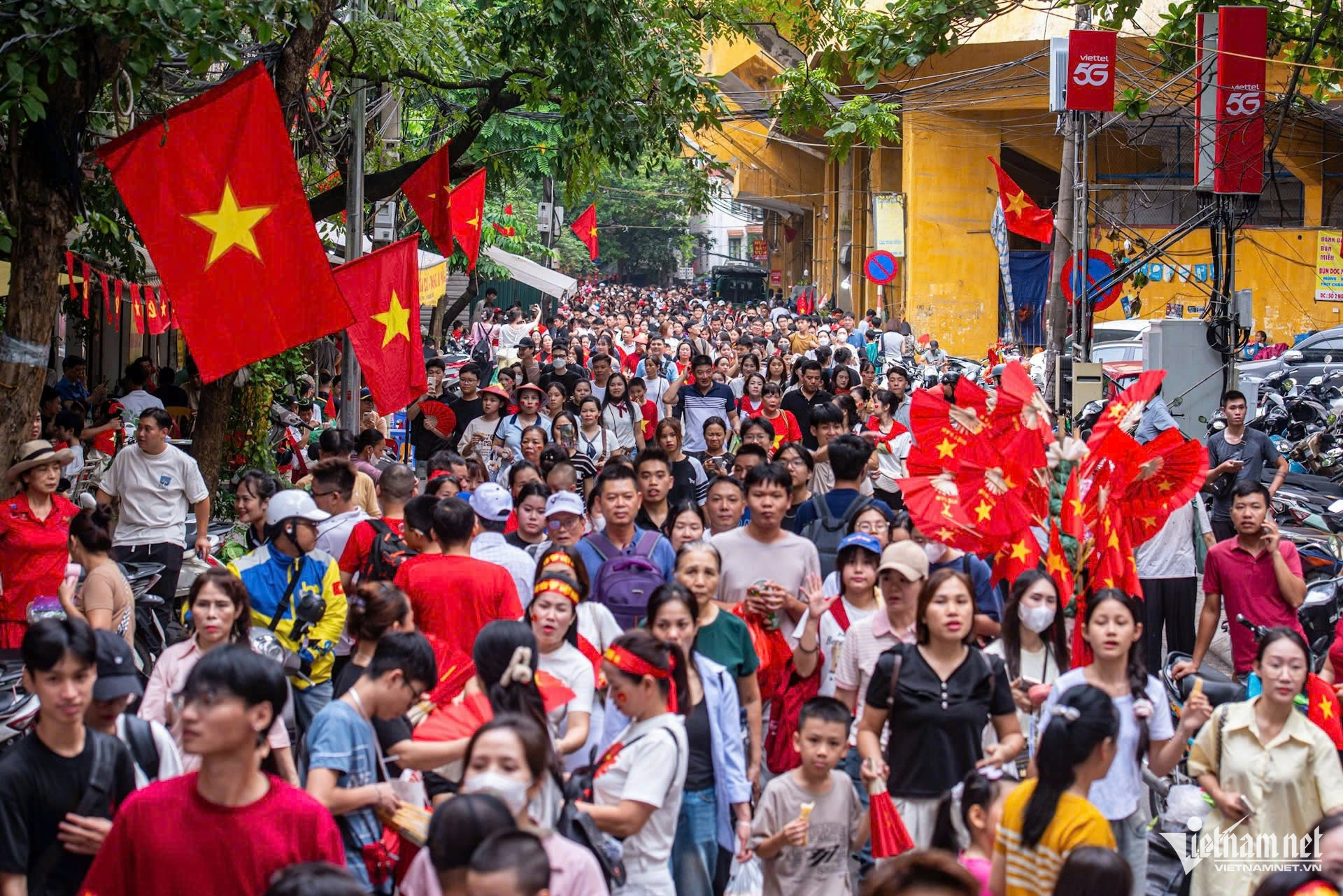

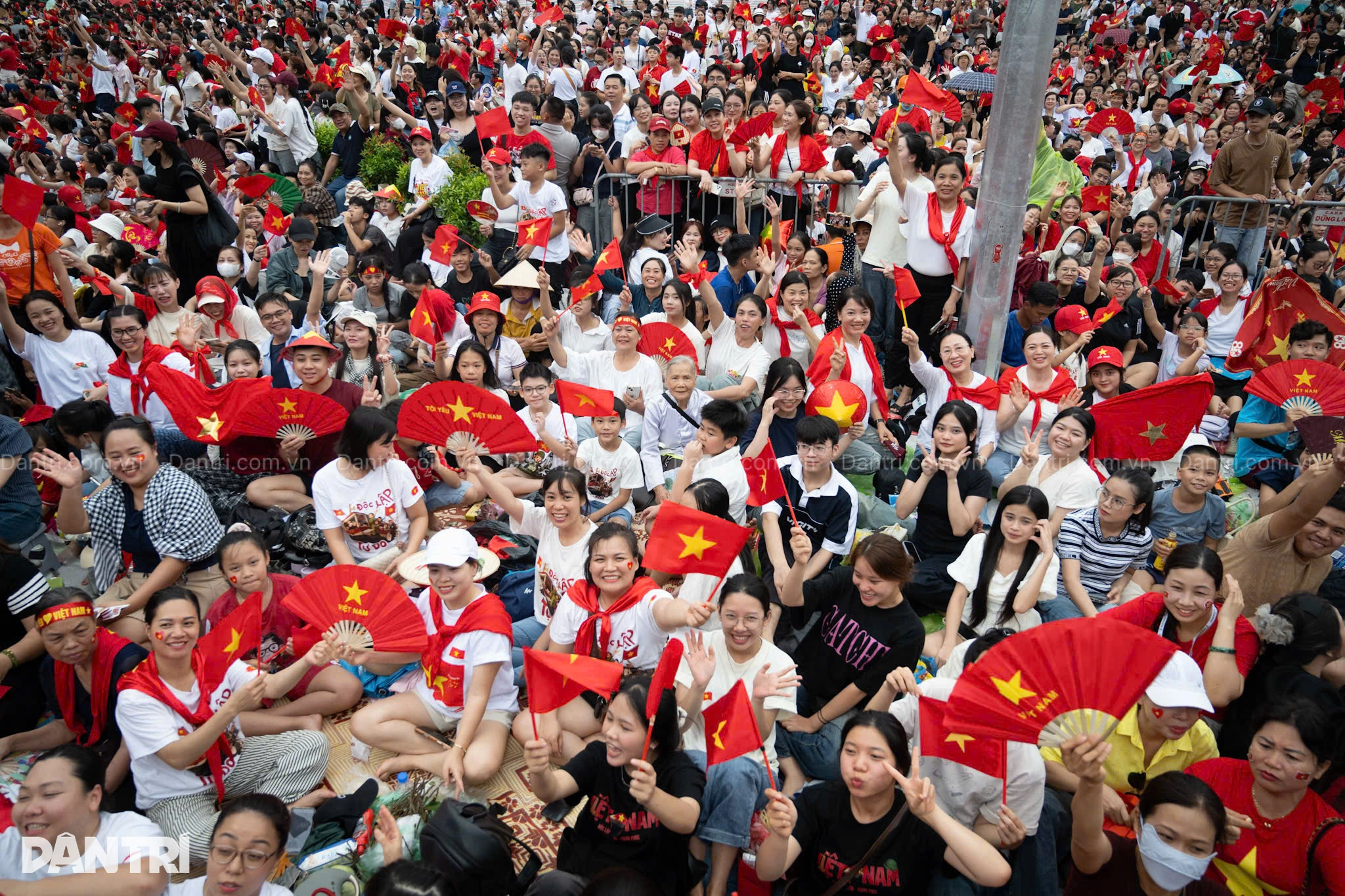
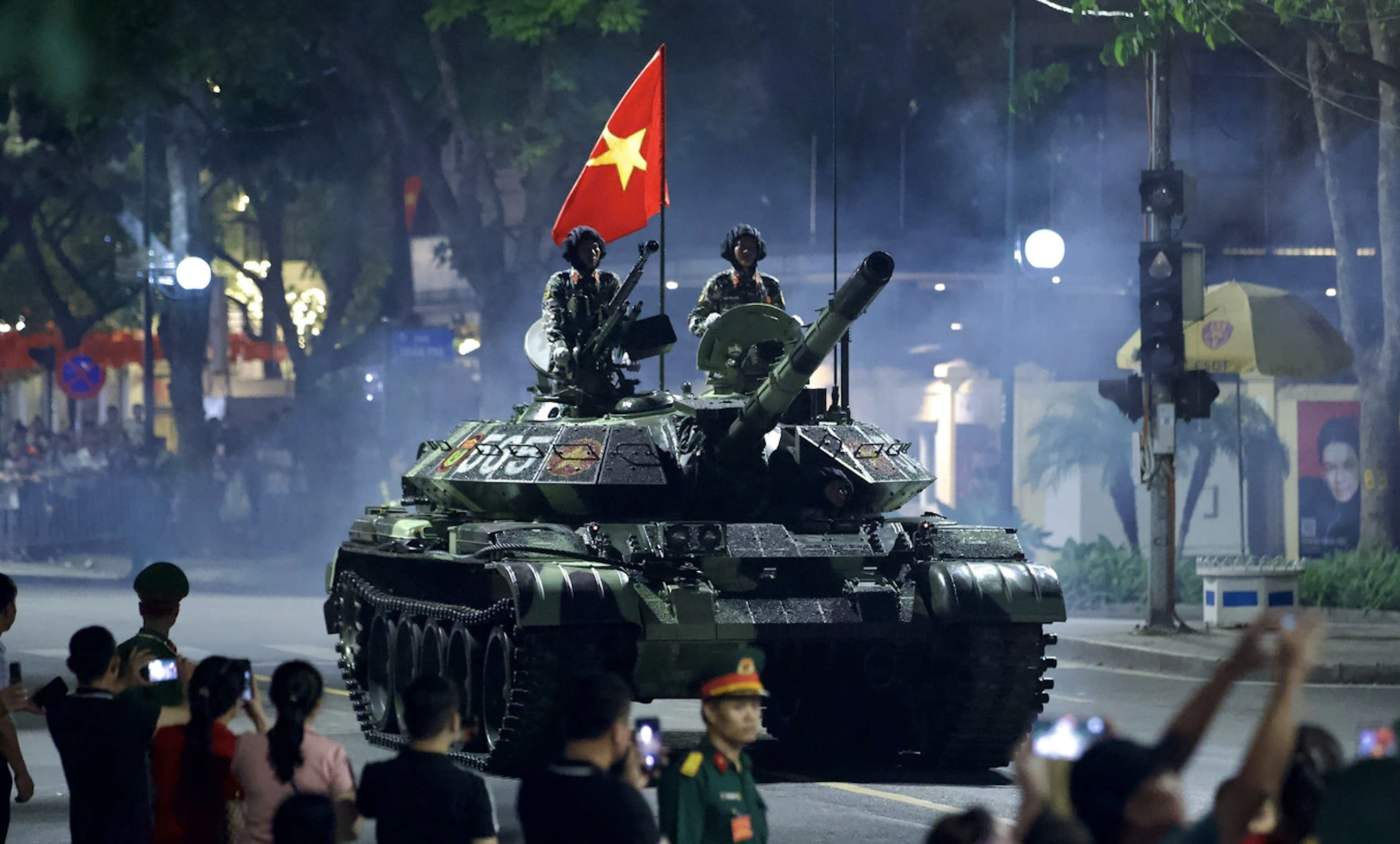
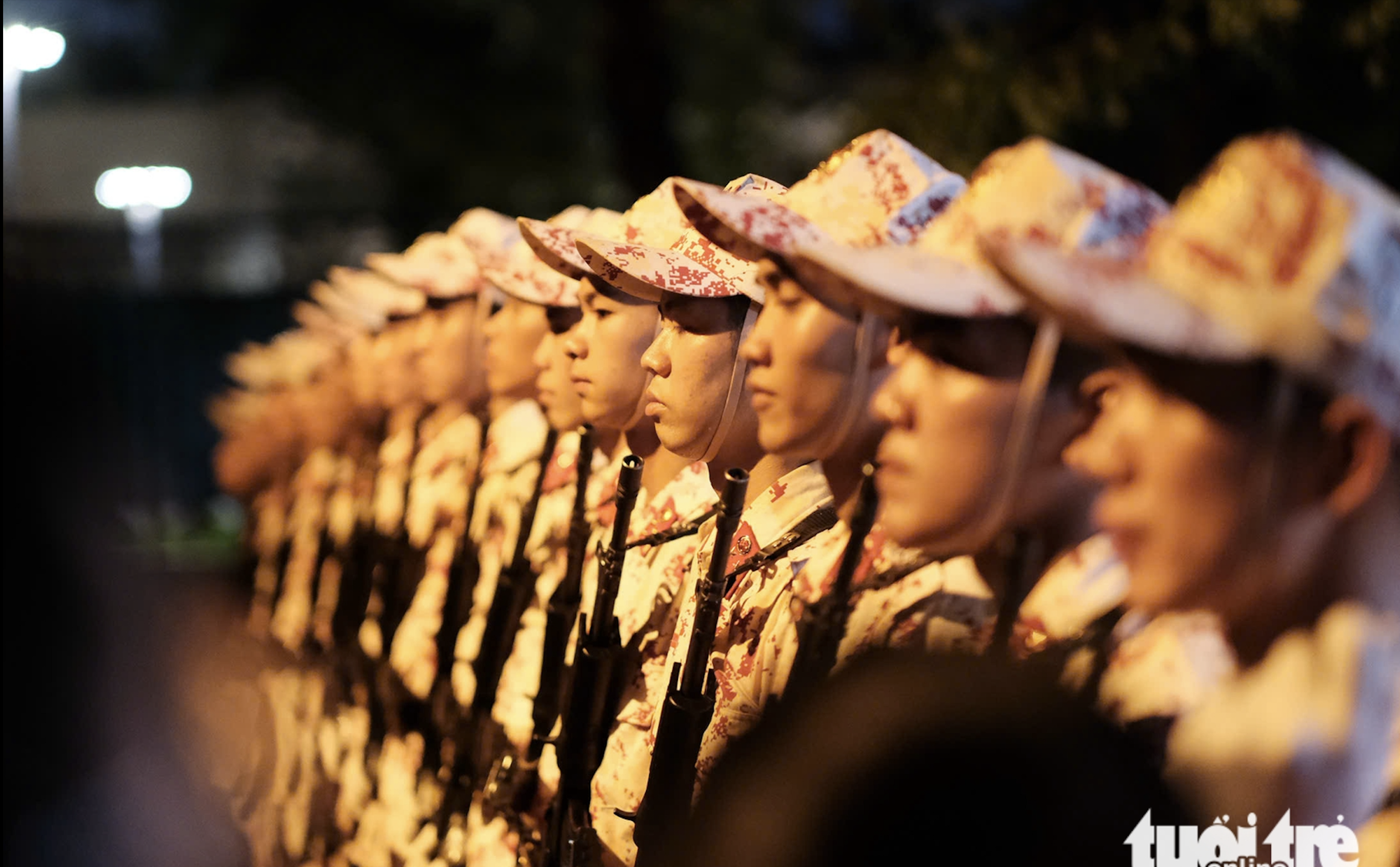
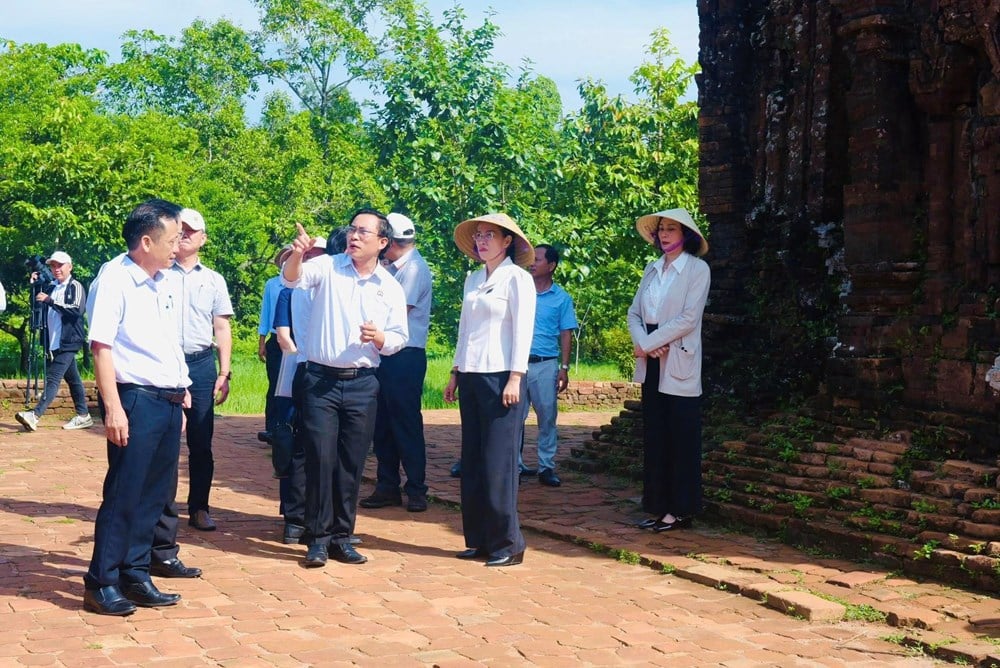



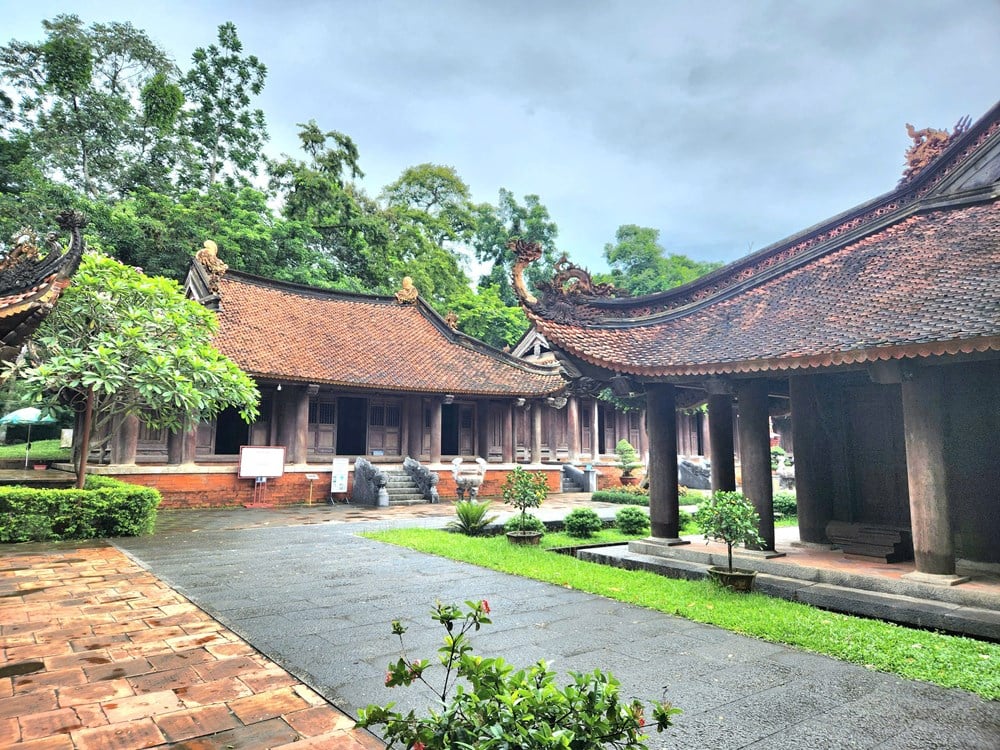
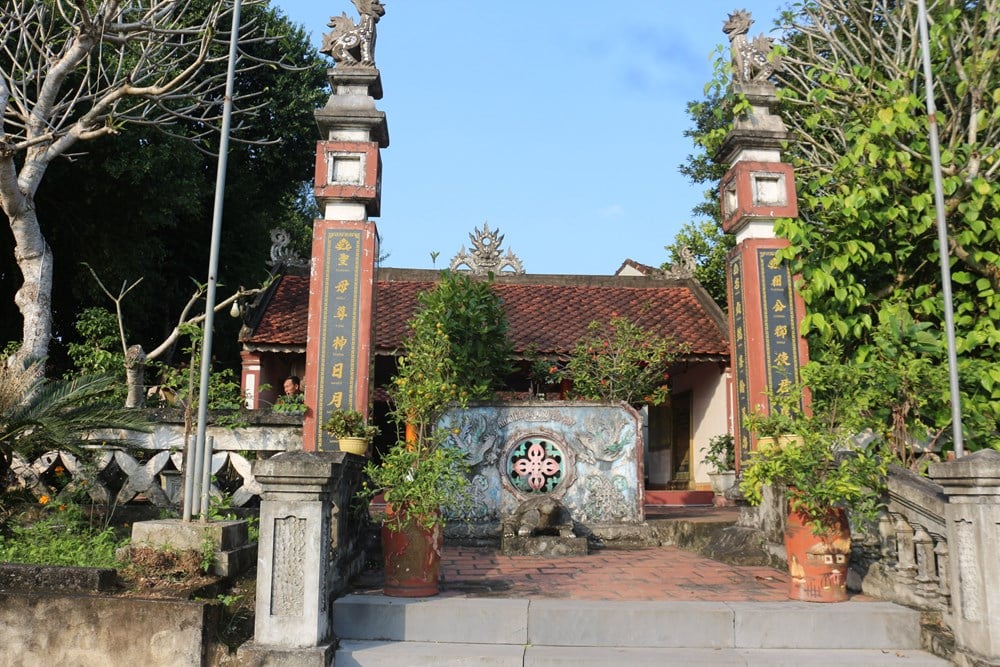
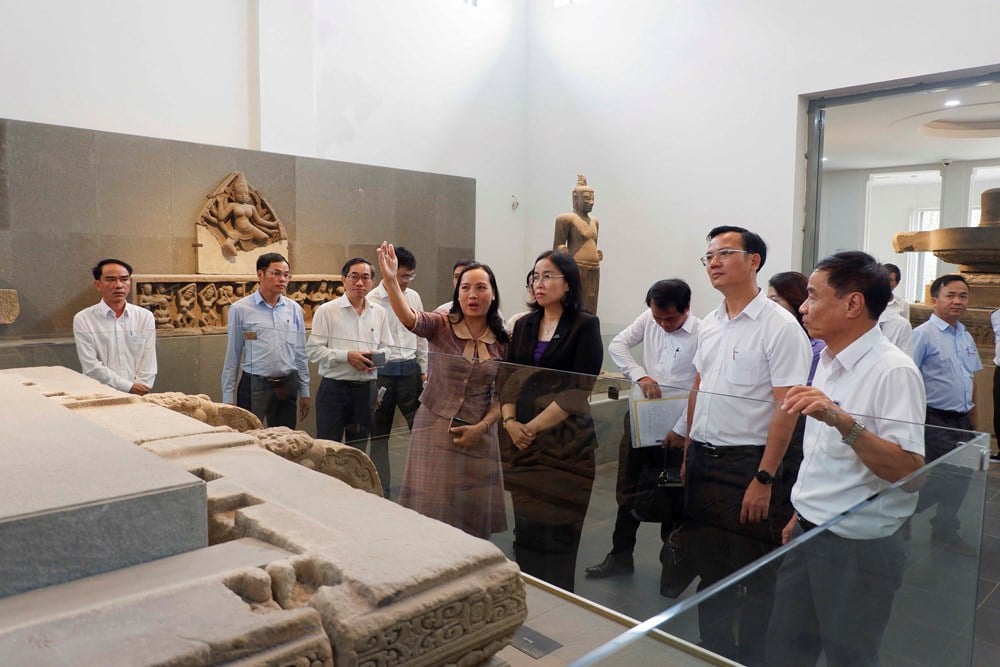
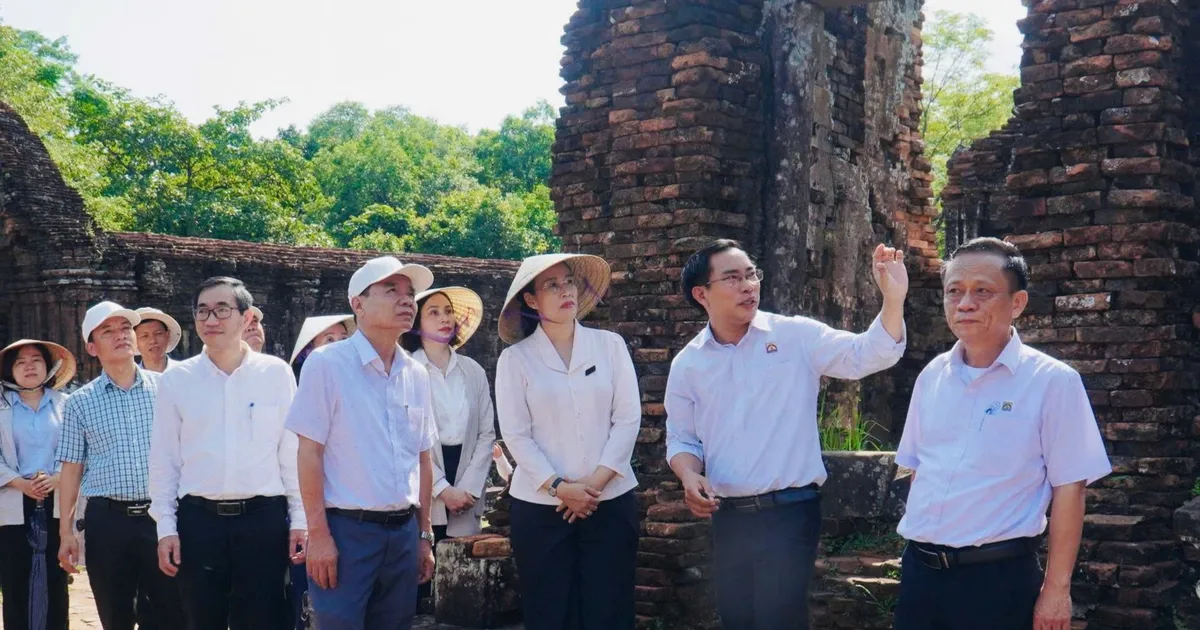












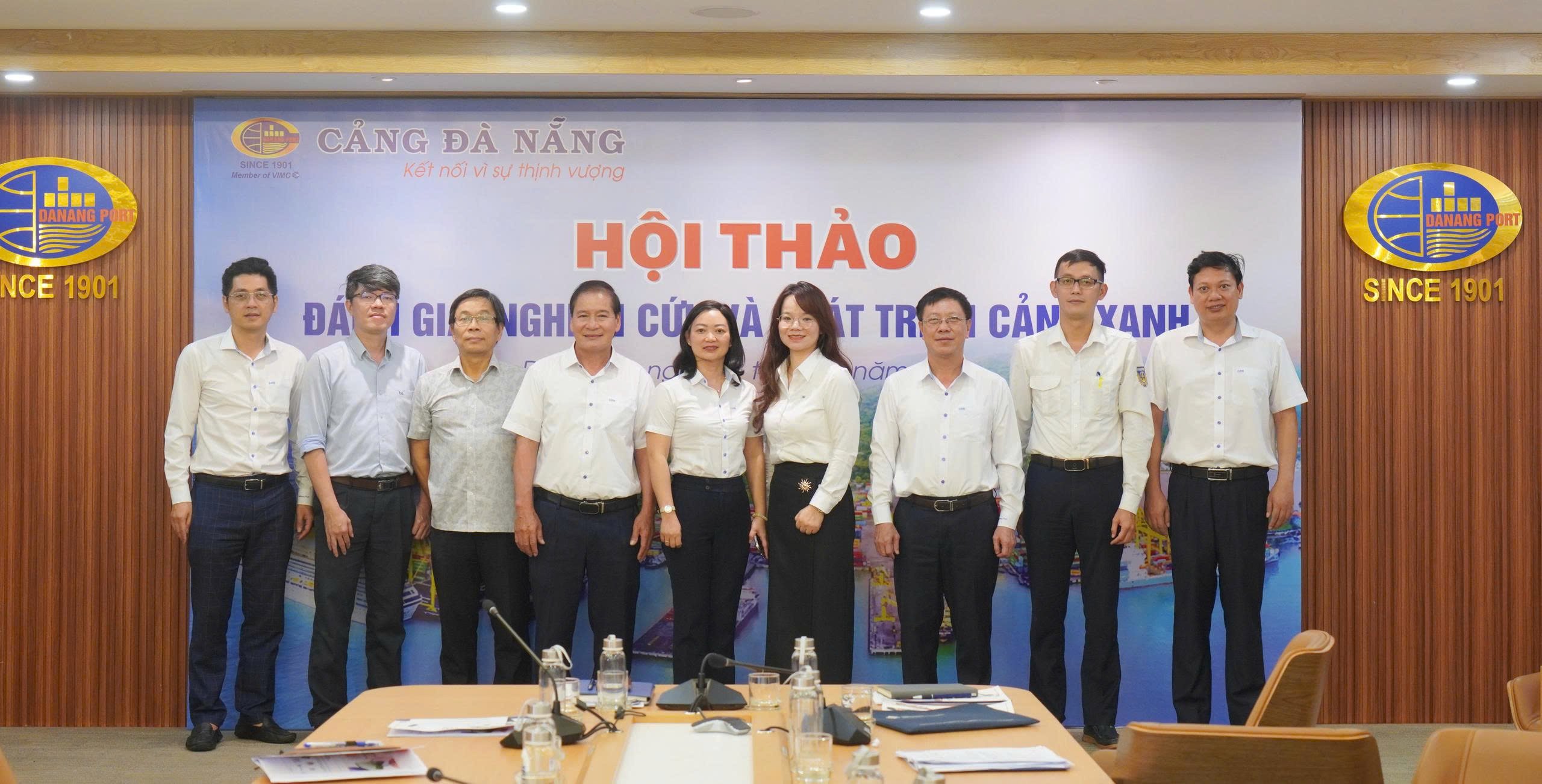


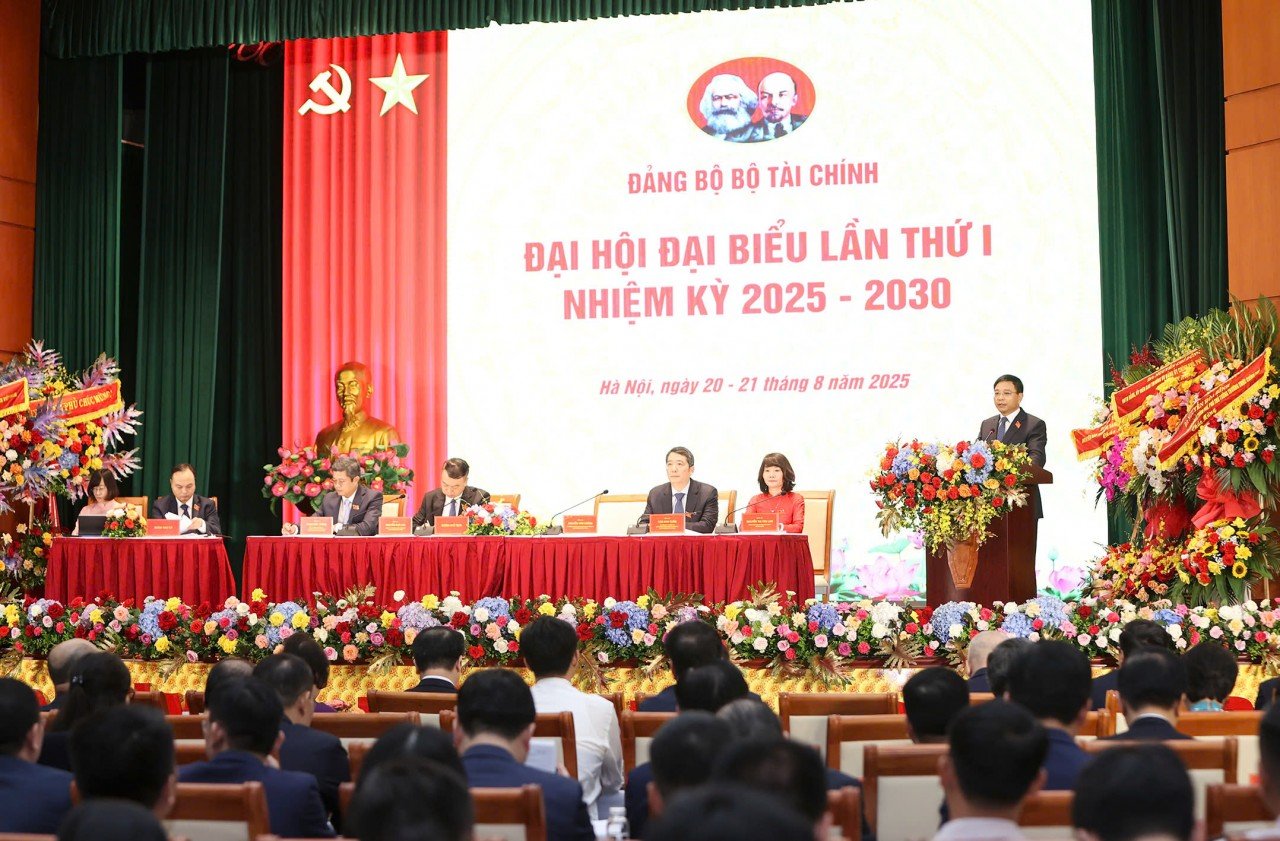
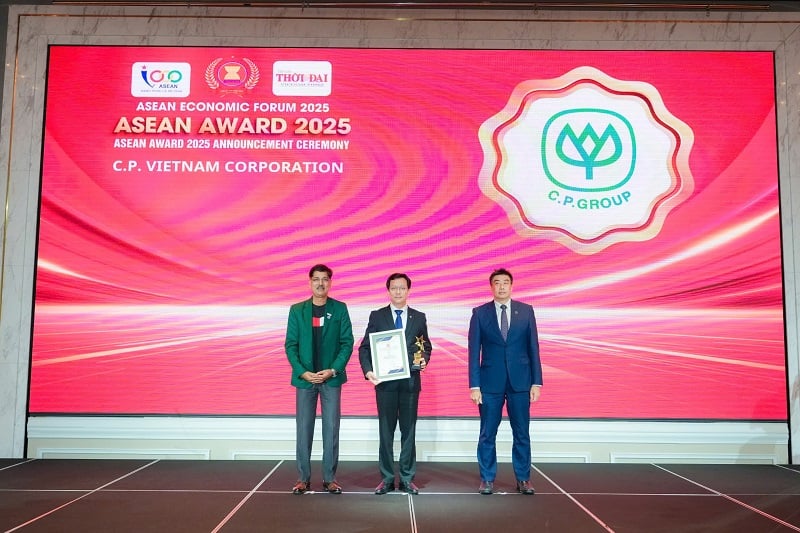


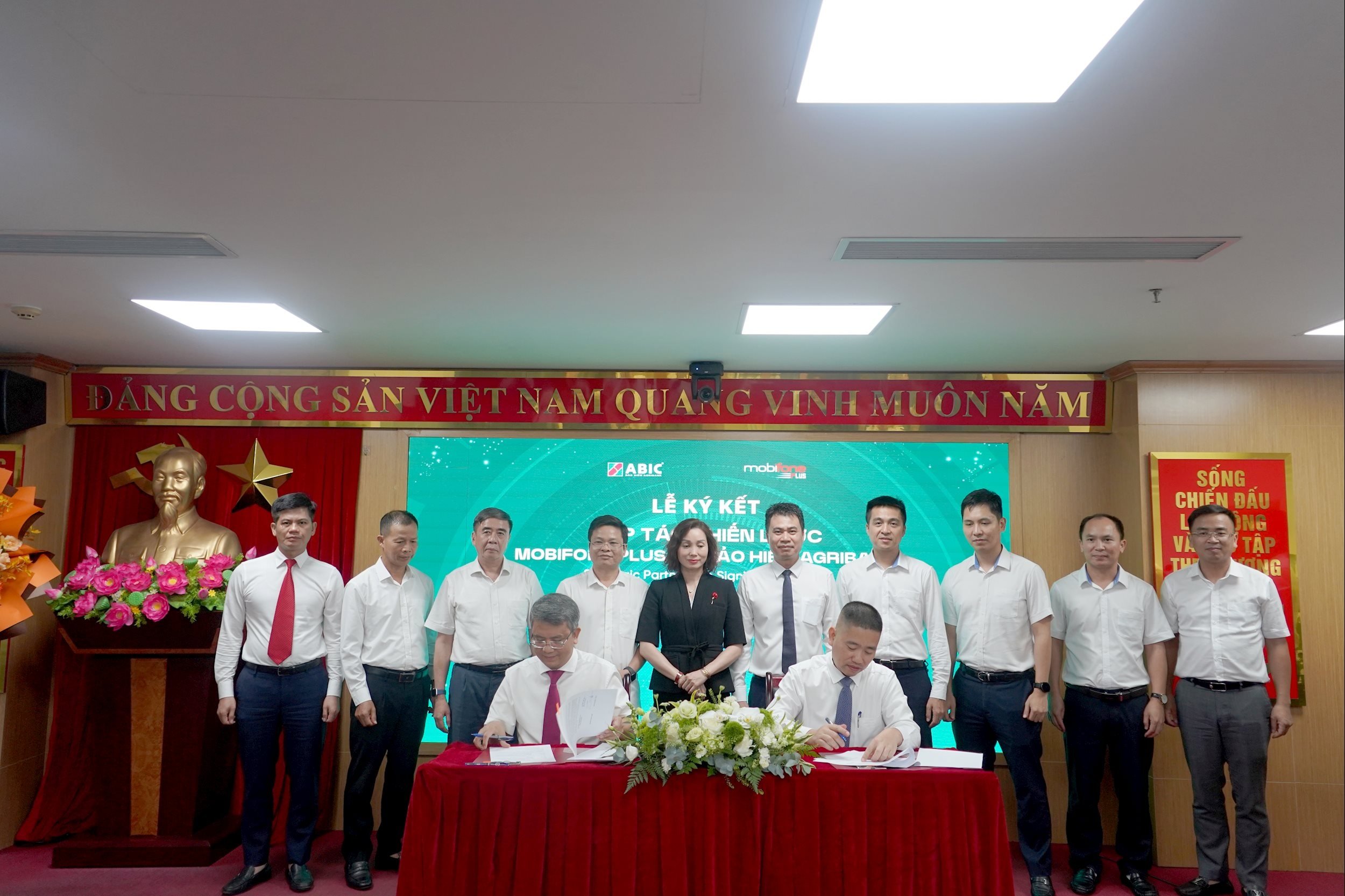


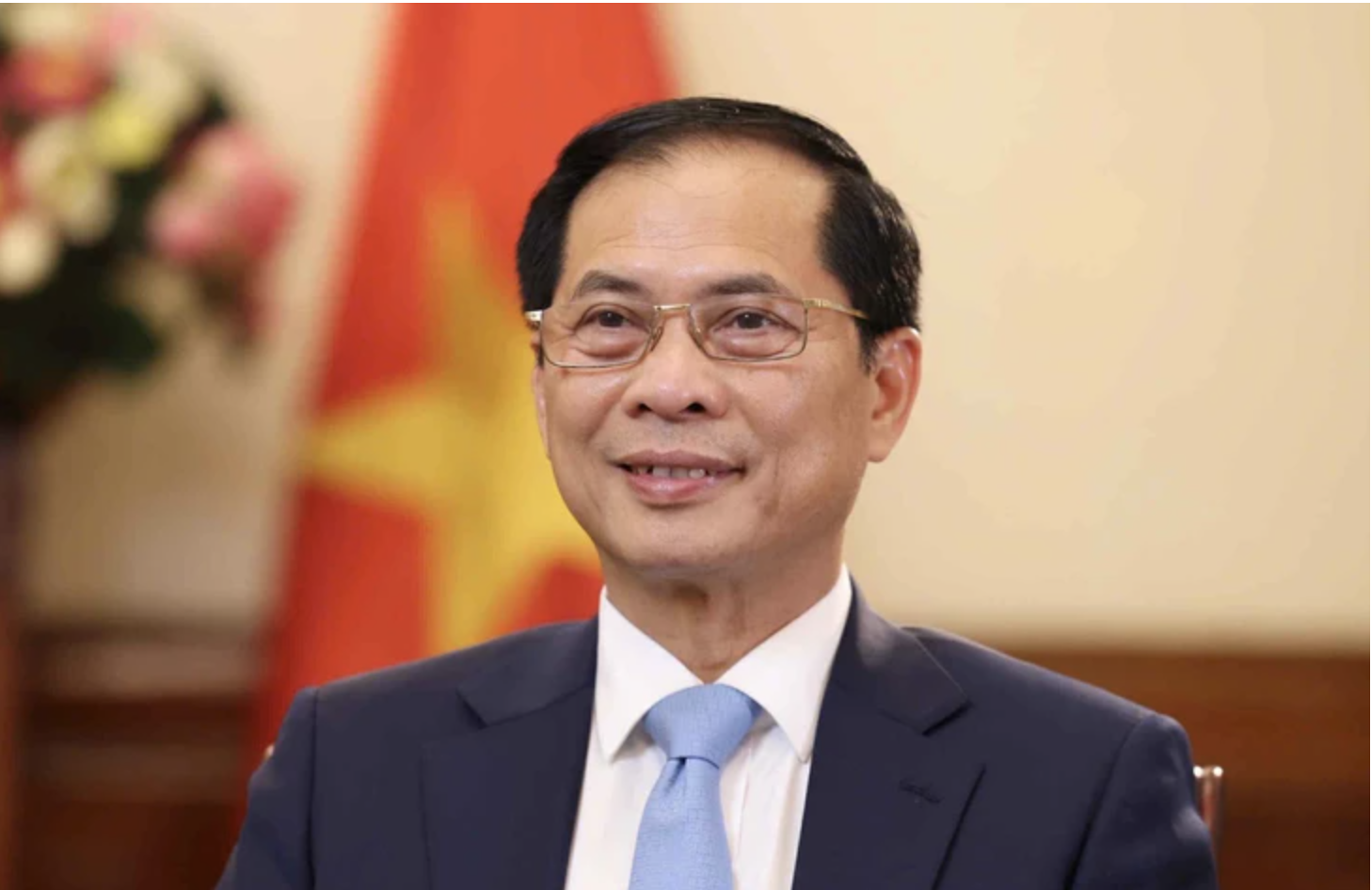
![[Photo] Politburo works with the Standing Committee of Hanoi Party Committee and Ho Chi Minh City Party Committee](https://vstatic.vietnam.vn/vietnam/resource/IMAGE/2025/8/21/4f3460337a6045e7847d50d38704355d)


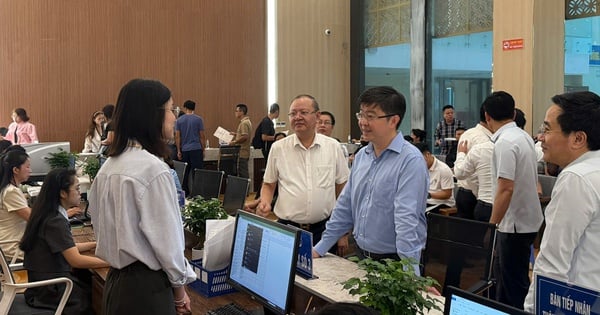

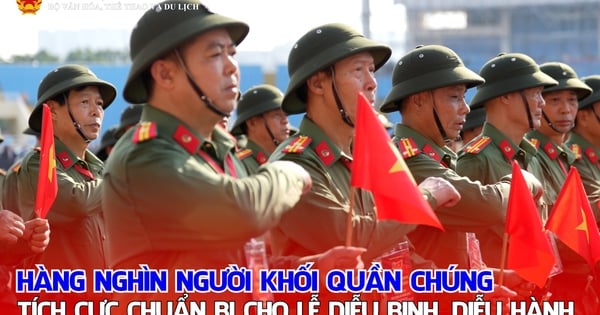


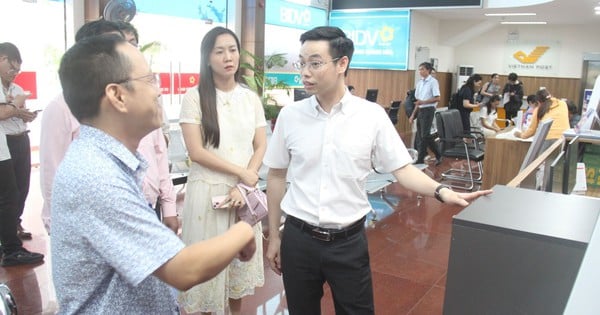
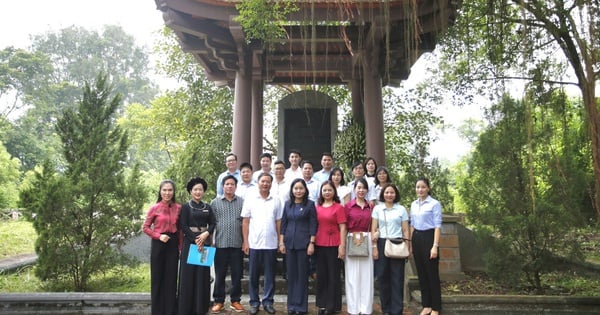
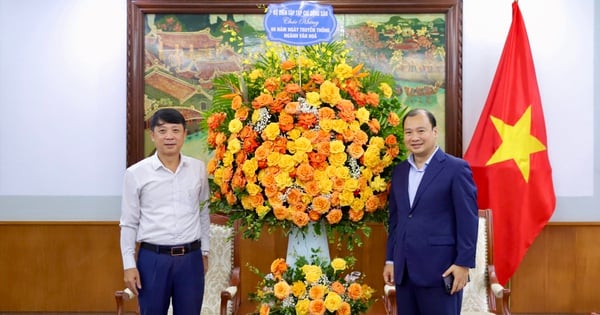







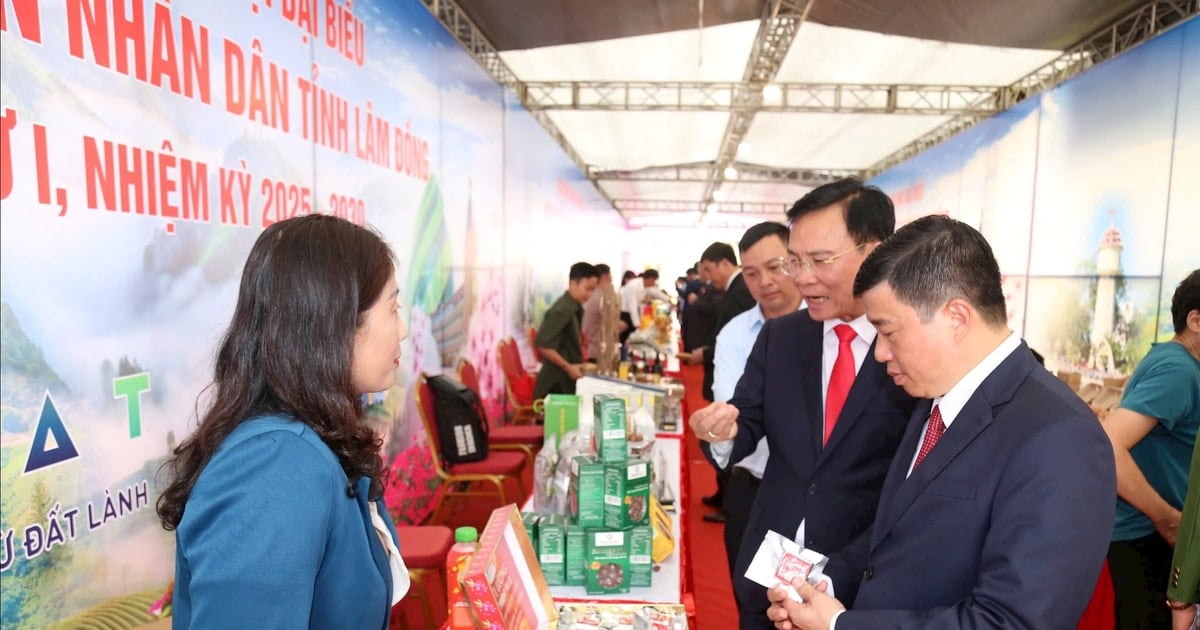








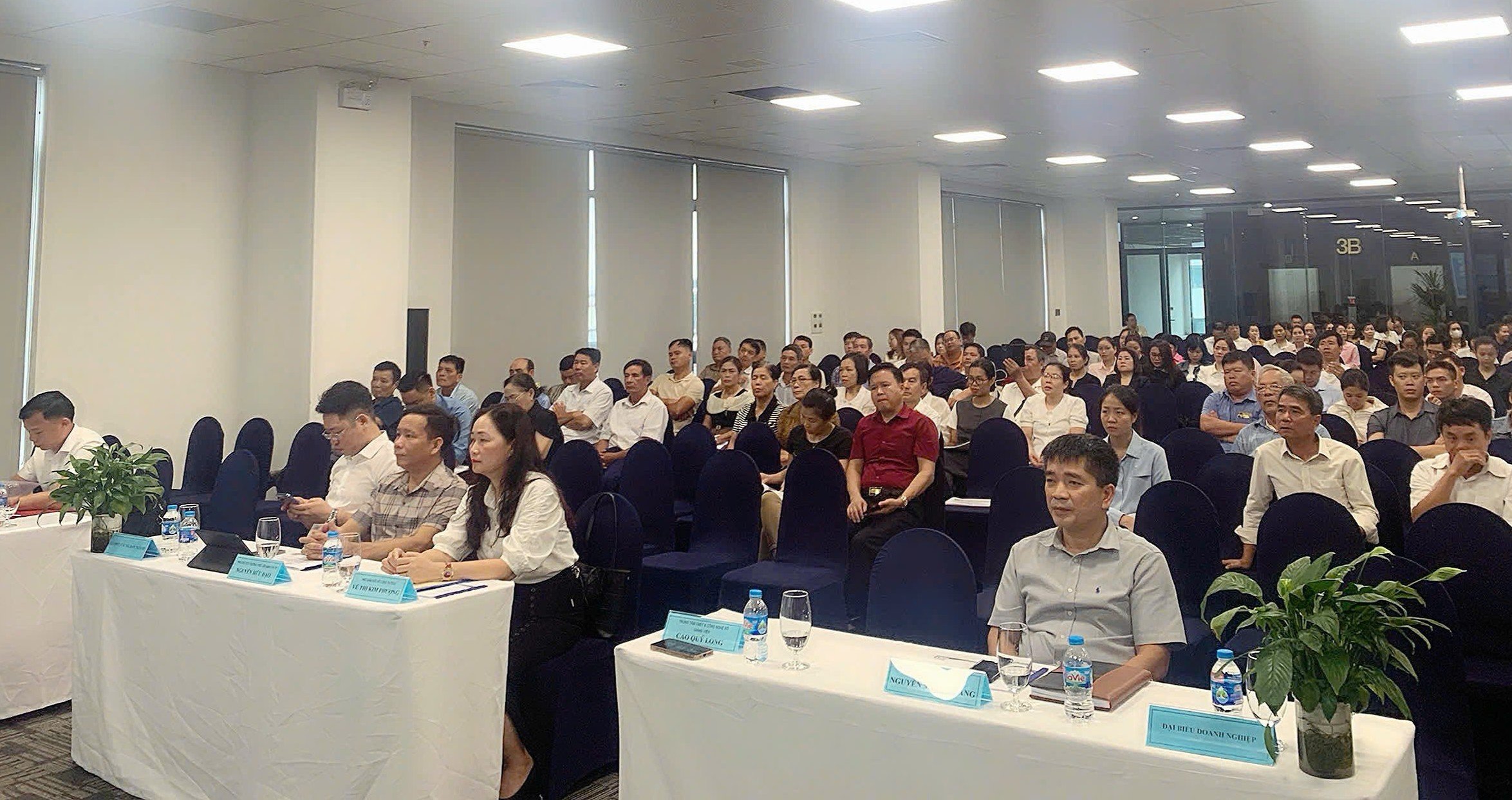






Comment (0)